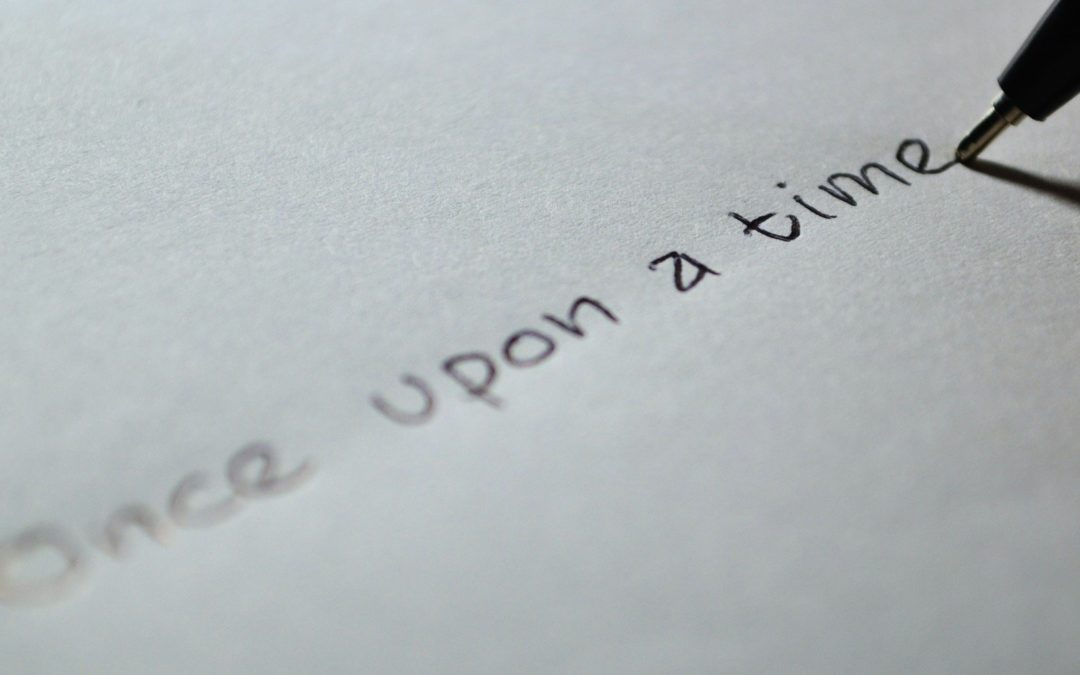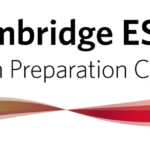Hi there B1 & B2 students!
I have noticed that sometimes you have difficulties to organize yourselves when the time comes to do the writing part of the exams… that’s why I’d like to offer you my help and advice for all types of writing tests and exams and focus on ‘the planning’, ‘the writing’ and ‘the reviewing’.
On this post, we are going to pay special attention to PLANNING TIME on TIPS FOR A BETTER WRITING (Part I):

Before you even put pen to paper, there are several things you should do in order to do well in writing exams. Here I’ll show you how to plan for your writing exams so you get the best marks possible.
1. CHOOSING THE TASK:
If you can choose which task to do you must make this decision quickly but carefully. Read all the tasks and choose the one which is the easiest for you or the one you are most interested in. You will write better English if you are interested in the topic.
2. PLANNING YOUR TIME:
Before you start writing you should know exactly how much time you have to complete the tasks. Make sure you have a watch or can see a clock in the exam. You may not be allowed to have your mobile phone on the table, so you should wear a watch if possible.
So, how much time should you spend on each part of a writing task? There is no right or wrong answer for this but here’s an example. If you have forty minutes to complete this part of the exam, you could divide the time this way:
Writing task – 40 minutes:
Planning – 10 minutes
Writing – 25 minutes
Reviewing – 5 minutes
That may seem like a lot of time to plan, but a good plan is the key to success and it gives you the chance to really make sure you know what you are going to write before you begin.
3. WHAT DO YOU HAVE TO DO?
This may seem like a silly question, but you would be surprised that many students don’t actually do what they are asked to do in writing exams!
Read the task carefully and underline the important parts of the instructions. You will get points for answering the task correctly.
You will probably get a lower mark if you don’t do exactly what the task says, even if your English is perfect!
How many words do you have to write? You can lose marks if you write too many or too few words.
4. WHAT TYPE OF WRITING IS IT?
A story? An email? A for and against essay? An article?…
We use different types of language for different types of writing. For example, a story should have narrative tenses like the past simple, the past continuous and perfect tenses. In a magazine article you should include personal experiences and opinions to entertain the reader. Here are some examples:
* An email to a friend
* A formal email
* A for and against essay
* A short story
* A magazine article
* A postcard
The best way to learn how to do well in all these different types of writing task is to practise. You need to read a lot too. Reading stories, for example, will help you to get good at writing stories. Try to read as much as you can in English and you will see that your writing will improve.
5. THINK ABOUT THE READER:
To write well, you need to think about who you are writing for. In reality it will only be your teacher or examiner who will read the email or postcard that you write in an exam, but it really helps to imagine that you are writing to a real person. So, think carefully about who is going to read this type of writing. Don’t just think about them two, think about a ‘real’ reader. You will get a better mark if you choose the right style and include interesting ideas.
-
Is it an email or a postcard to a friend? You should use friendly, informal language and contractions.
-
Are you writing a report for your headteacher? You will need a clear and formal style.
-
Is it a magazine article? If it’s for young people an article can be informal and chatty.
-
Are you writing a blog post? If so, write about a personal experience.
6. MAKING A PLAN:
A plan will help you organise your ideas. Ideas can be single words, you don’t have to write complete sentences. When you have enough ideas organise them into paragraphs. Think about how many paragraphs you are going to write and organise your ideas into the paragraphs. Many pieces of writing need four clear paragraphs.
FOR EXAMPLE:
A. A story:
Paragraph 1 – The background to the story, characters and setting.
Paragraph 2 – A problem – What happens to the main character?
Paragraph 3 – Solving the problem – Events that happen with lots of suspense … Will the problem be solved?
Paragraph 4 – The ending. This might be funny, scary or strange.
B. A for and against essay:
Paragraph 1 – Introduction – What the essay is about.
Paragraph 2 – Ideas and arguments in favour.
Paragraph 3 – Ideas and arguments against.
Paragraph 4 – A conclusion with your opinions.
When you have a clear plan it is much easier to write well so it is worth taking time at the very beginning of the exam to think and plan.
So… this is the end of today’s TIPS FOR A BETTER WRITING (Part I). Really hope you find it useful.






